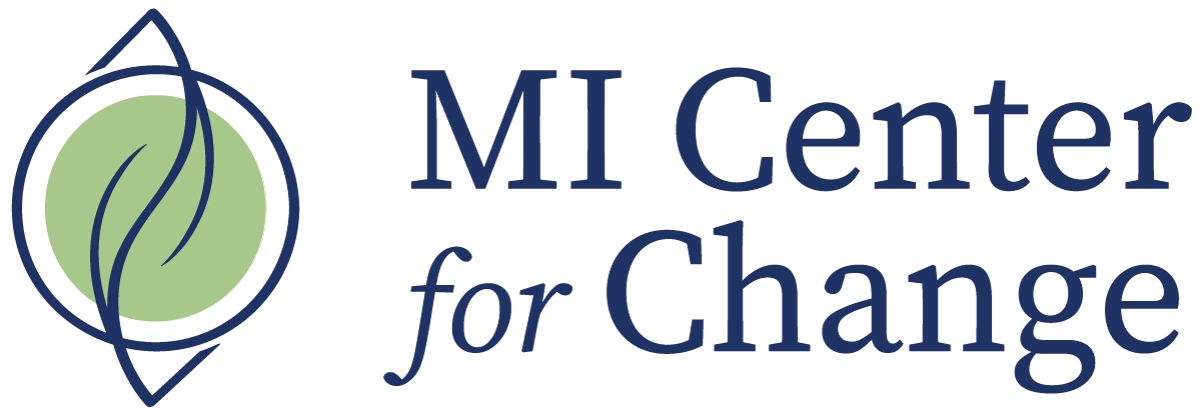The founders of Motivational Interviewing (William Miller and Stephen Rollnick) define MI as “A directive, client-centered, counseling style for eliciting behavior change by helping clients to explore and resolve ambivalence.”
When we first learn Motivational Interviewing, we can get excited about trying out these new-found skills and turn up our radars in search of ambivalence.
But not all ambivalence needs MI.
Motivational Interviewing is a directive; that means we are leading individuals in the direction of positive change.
We are helping them to engage in decisions that are clearly in their best interest.
We want them to tip the scales of ambivalence in one particular direction.
Stop smoking, obtain an ideal healthy weight, increase their self-esteem, leave an abusive relationship.
But what if there’s no better choice?
What if the ambivalence is… to buy or rent a house? to attend school A or school B? to have a second child or not? These decisions have equipoise.
Equipoise is “a balance of forces or interests”.
It’s essentially taking an “equal stance.” And when equipoise is present, then we should remain neutral. No directing.
And, if there’s no directing, then technically, it’s really not MI.
So, does this mean that we should leave our OARS on the shore and forget about all that we’ve learned?
No way! Grab those OARS and get in the boat!
The spirit of MI and our OARS skills can be helpful in any situation; they still promote engagement, support autonomy, and help individuals figure out what to do next.
But when there’s equipoise, just be careful your MI boat doesn’t lean in one direction or the other.
Exciting news! I’m offering a 5-hour course (2.5 hours each afternoon on 2/26 & 3/05) for busy healthcare professionals! CE approved for dietitians and nurses. Know someone who might enjoy a fast-paced refresher or intro to MI? Please share!


